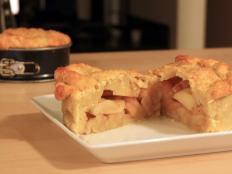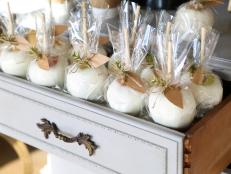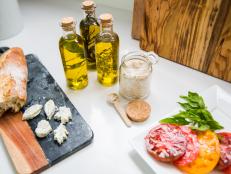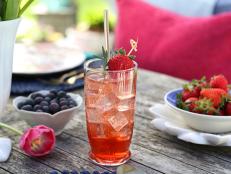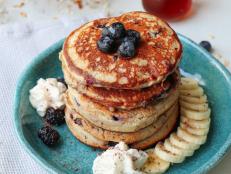How to Make Apple Cider


For most of the world, the term “cider” refers to a fermented drink made from juice pressed from mashed fruit (usually apples). Here in the US and most of Canada, we refer to that as “hard” cider and apply the more generic term to the unfermented juice. Although the difference between apple juice and apple cider is not well defined, most consider cider to be apple juice that has not been sweetened, filtered or pasteurized. If you can’t see through it, call it cider.
Usually, our best chance to enjoy fresh apple cider comes with an autumn visit to an orchard. Watching the cider extracted from apples mashed with large, traditional presses is the distinct and delightful pleasure of any visit to one of the many “You Pick ‘Em” farms that open their orchards to the public each fall. But for most of us, those opportunities are few and far between. Fear not, cider fans. Making your own cider at home is surprisingly easy and doesn’t require bulky equipment.
If you’ve ever juiced an apple using a countertop juicer, you’re already making cider. The pulp is extracted from the raw fruit, but does not filter, leaving a substantial amount of solid matter in the resulting juice. Easy peasy.
Even without an expensive juicer, we can still pull it off without too much trouble. Follow these simple steps for making fresh apple cider at home.
Selecting Apples
It takes 15 pounds of apples to produce a gallon of cider. Using a blend of apple varieties will give your cider a more complex flavor that is not overly sweet or tart. Tart apples like the Granny Smith, Pink Lady or Braeburn mixed with sweeter varieties like Fuji or Jonagold will yield a well-balanced beverage.
Don’t use apples you wouldn’t eat! Bruised, mushy or discolored apples don’t taste good in any form.
Preparing the Apples
Thoroughly wash apples, then core and segment the fruit. Skin may be left on. A knife will work fine, but an inexpensive apple divider is a real time saver.
Once segmented, place small batches in a food processor and puree.
Extracting Cider
Cut a large square of cheesecloth. Create a pouch in a large bowl or storage container with the cheesecloth, making sure to leave plenty of cheesecloth hanging over the edges of the bowl.
Pour pureed apples into the pouch. Pull the edges together and twist tightly. Lift the bundle over the surface of the cider and squeeze firmly to force as much liquid as possible from the flesh.
Unlike filtered juice, there is still plenty of solid apple matter in your cider and because it has not been pasteurized, spoilage is an issue. Stored in an airtight container, it will last just a week or so in the refrigerator before it begins to go bad. So drink up! We’ll make more.






